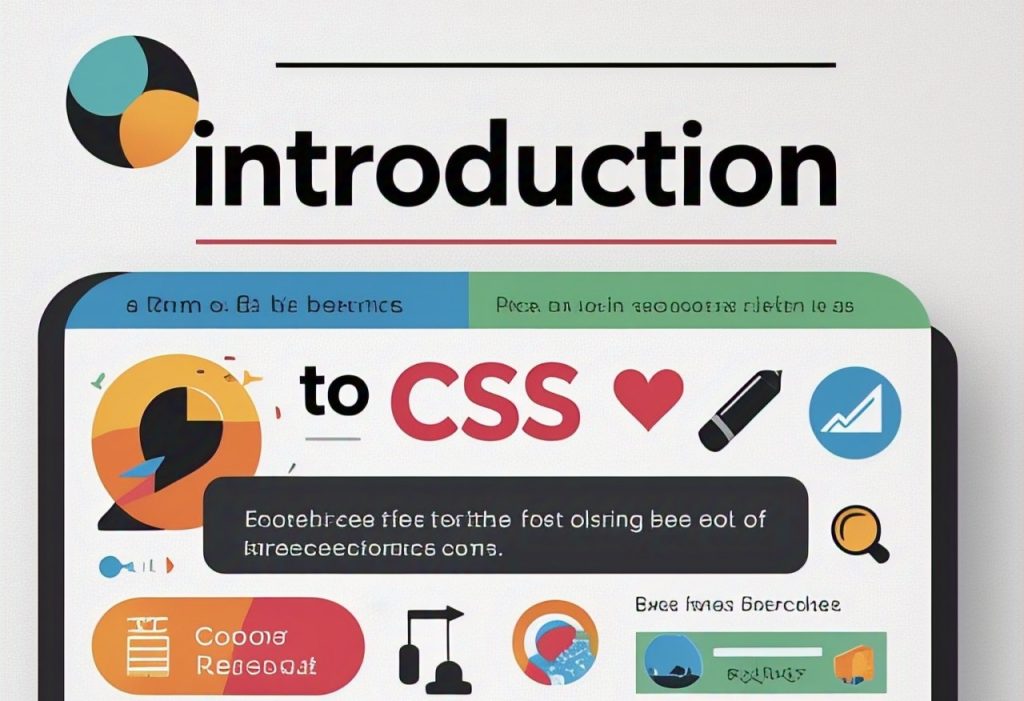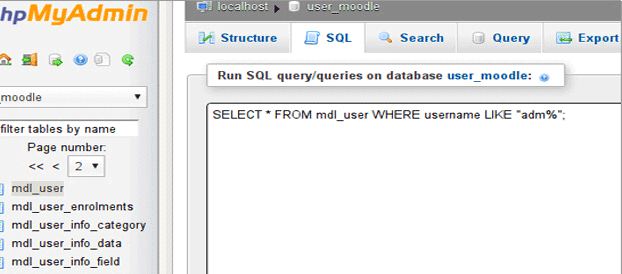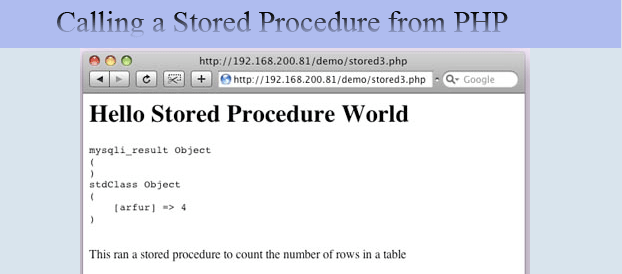Basics of CSS: Styling the Web
CSS (Cascading Style Sheets) is a fundamental technology in web development used to control the appearance of web pages. It allows developers to separate content from design, ensuring a visually appealing and responsive experience.

What is CSS?
CSS is a stylesheet language that styles HTML elements by defining their layout, color, font, spacing, and more. It enhances user experience by making web pages attractive and functional.
Why is CSS Important?
- Separation of Content and Design: Keeps HTML clean and structured.
- Consistency: Enables uniform styling across multiple pages.
- Responsiveness: Adjusts the layout based on screen sizes.
- Faster Page Load Times: Reduces inline styling and HTML file size.
- Improved User Experience: Enhances readability and accessibility.
Types of CSS
CSS can be applied in three different ways:
- Inline CSS – Styles individual HTML elements directly.
<p style="color: blue; font-size: 16px;">This is an inline styled paragraph.</p> - Internal CSS – Styles defined within a
<style>tag inside the<head>section.<style> p { color: blue; font-size: 16px; } </style> - External CSS – A separate CSS file linked to HTML, ideal for large projects.
<link rel="stylesheet" href="styles.css">
CSS Selectors
CSS selectors target HTML elements to apply styles. Some common types include:
- Element Selector – Targets a specific HTML element.
p { color: red; } - Class Selector – Targets elements with a specific class.
.highlight { background-color: yellow; } - ID Selector – Targets a single unique element.
#header { text-align: center; } - Group Selector – Applies styles to multiple elements.
h1, h2, p { font-family: Arial, sans-serif; }
CSS Properties
1. Text Styling
color: Defines text color.font-size: Adjusts text size.font-weight: Specifies boldness.text-align: Aligns text (left, center, right, justify).
2. Box Model
CSS follows a box model structure:
margin: Space outside the element.border: The boundary of the element.padding: Space between the content and border.width&height: Define the element’s size.
3. Positioning and Layout
display: Defines how elements are displayed (block,inline,flex,grid).position: Controls element positioning (static,relative,absolute,fixed).float: Positions elements beside each other.
4. Backgrounds & Borders
background-color: Sets background color.background-image: Adds background images.border: Defines element borders (solid,dashed,dotted).
5. CSS Flexbox & Grid
Modern layout techniques like Flexbox and Grid allow better control over complex layouts:
- Flexbox: Aligns items efficiently in rows or columns.
.container { display: flex; justify-content: space-between; } - Grid: Creates advanced two-dimensional layouts.
.grid-container { display: grid; grid-template-columns: 1fr 1fr 1fr; }
Responsive Design with CSS
Responsive design ensures web pages adapt to different screen sizes. Common techniques include:
- Media Queries – Adjusts styles based on screen size.
@media (max-width: 768px) { body { background-color: lightgray; } } - Viewport Meta Tag – Ensures proper scaling on mobile devices.
<meta name="viewport" content="width=device-width, initial-scale=1.0">
Conclusion
CSS is a powerful tool for designing visually appealing and responsive websites. Understanding its basics, including selectors, properties, layouts, and responsiveness, is essential for any web developer. In the next guide, we will explore Forms in HTML, covering user input and form handling techniques.
Kushagra Kumar Mishra
Latest posts by Kushagra Kumar Mishra (see all)
- Advanced WordPress Topics: Security, Performance, and Scalability (Part-2) - March 10, 2025
- Troubleshooting and Advanced Topics Part-1 - March 10, 2025
- Website Design and Development - March 10, 2025





Recent Comments